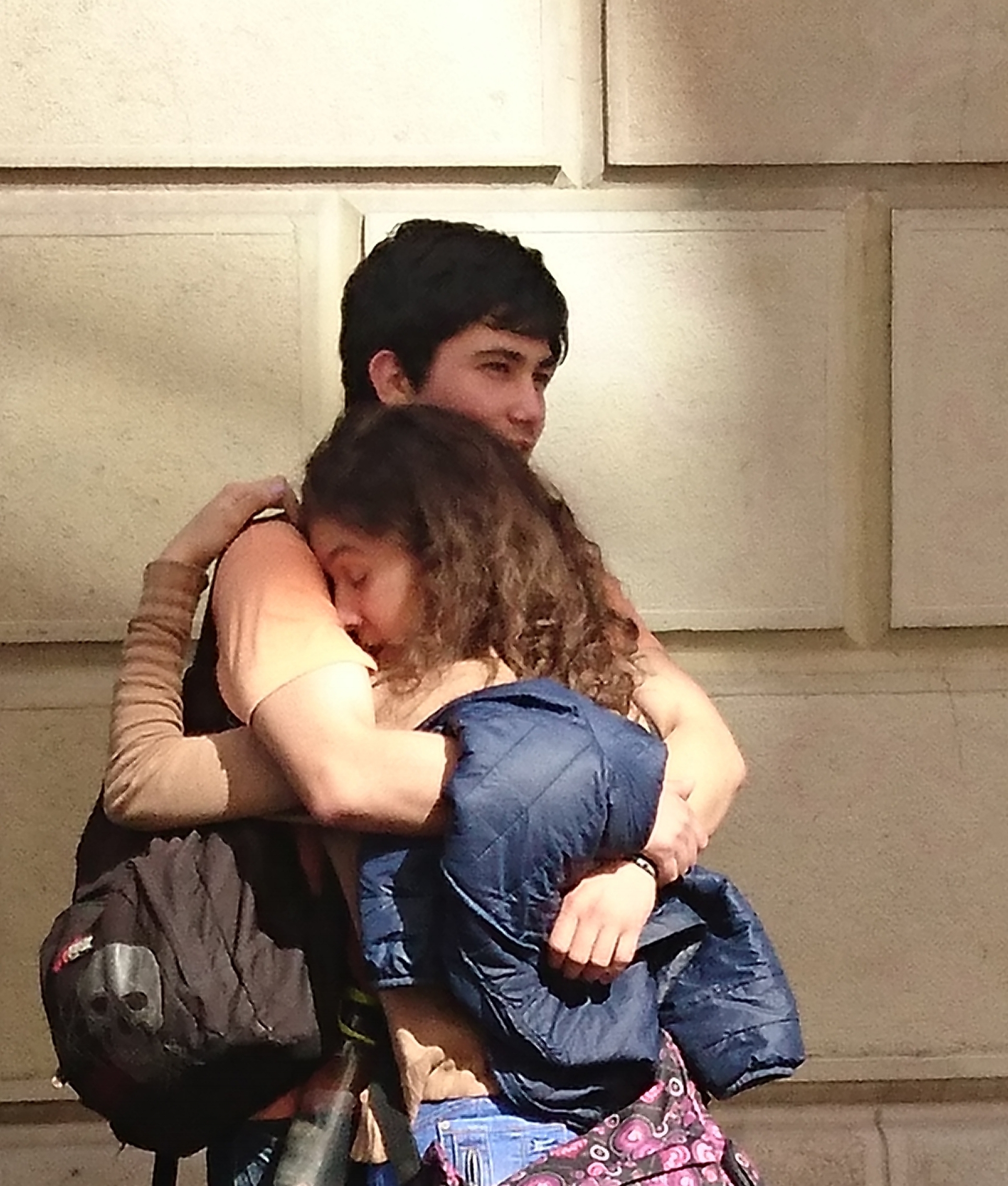Treatments
Blueprint of a Session
The thing about Rolfing is that there are no typical sessions. We have the recipe that is the legacy handed down to us by Ida Rolf and most Rolfers will work and play within and without the recipe – it guides our work and gives the sessions a structure.
Rolfing is unpredictable. We don’t know where the session will lead us or really how your body will react. Each person is different and what each body will need will therefore be unique.
With the first session, for example, we might work with freeing the breath and traditionally we'd do that by working on the breathing muscles. But if the reason you can’t effortlessly breathe is due to the fact that your body can’t rest into the ground then it might only be until we work with the feet that we really free the breath. The sessions are individually tailored to you and your body and what you need.
I enjoy the fact that Rolfing is unpredictable because it feels more representative of life itself. But of course embarking on a treatment process and being told that it’s unpredictable in its results and affects might not be exactly what you want to hear. Well, that’s why I’m here. You won’t be alone on the journey. It is your process but I will be here to support you and help you understand what’s happening within your body.
What To Expect
Rolfing sessions take an hour and ten minutes and can be scheduled from once a week to once every two to three weeks, depending on what’s right for you and your body.
The frequency of sessions is something we will decide together, taking into account what works for your body as well as your commitments.
Rolfing is beneficial for everyone; from high-performance athletes to the everyday mortal. If you would like me to work alongside your trainer, physiotherapist or osteopath just let me know. Any treatment programme works best when the practitioners are working together as a team to achieve the same goal, while remembering that you are the main expert in the process and no one knows your body better than you.
Sessions begin with a brief check-in to find out how you've been since the last session and how your body has responded. During our first session this check-in takes slightly longer than usual. If you have more complex medical issues or injury history it's best to have a phone check-in before we meet to talk through some of your history.
The check-in to start each session includes a walking body analysis, also known as a 'Body Reading', to explore any changes and shifts as we go along and to consider other elements around movement. As Jane Harrington so poignantly said:
"The way you walk across a room is the way you walk through life"
The Body Reading can be done clothed or in your underwear, so please wear underwear that you feel comfortable walking around in. A bikini or loose fitting small shorts are fine too. Sports bras are not ideal, however, as they can restrict full access to your back.
The session then moves to the couch where we will work our way through 'the ten-series', session by session.
The Ten Series
Designed by Dr. Ida Rolf, the ten-series is a sequence of ten sessions of Rolfing referred to as ‘the recipe’. Intended as a guideline for practice, each session builds upon the last and prepares the body for the next. Whilst working within this system I will primarily work intuitively with the body’s needs at the time of the session.
After the session you may feel a little more tired than usual. This is your body using its energy for integrating the structural changes that are taking place. Or you might feel the opposite as Rolfing can sometimes be a very energising experience.
Some clients report feeling emotionally stirred up as some of the old energy is clearing. I advise clients that it’s best not to leave the session and do something busy like a weekly supermarket shop!
Rolfing also brings about immediate changes to the body in the moment as well as for the longer term, so don’t schedule strenuous fitness workouts or training sessions on the same day of your first few Rolfing sessions. This is not a hard and fast rule but you’ll have a lot more mobility than you might be used to, and if sports-related injuries are one of the reasons you've come to Rolfing it is particularly important to give your body some time for the work to settle in. Instead, take care of yourself after a session so that you have the space and time to tune into your body, listen and respond to what it needs.
Feel free to call me if there’s anything you’ve read that you would like to discuss further.









